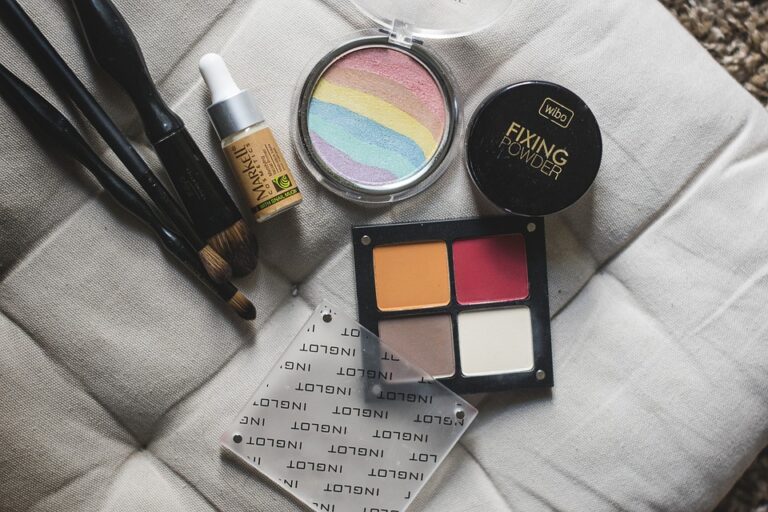
[ad_1]
How to Design a Distraction-Free Workspace for Maximum Focus
Designing a distraction-free workspace is essential for achieving maximum focus and productivity. With the rise of remote work and digital distractions, creating an environment that promotes concentration has become more important than ever. In this article, we will explore different strategies and real-life examples to help you design a workspace that allows you to stay focused and perform at your best.
Creating a Clean and Organized Space
One of the first steps in designing a distraction-free workspace is to create a clean and organized environment. A cluttered desk can lead to a cluttered mind, making it difficult to concentrate on the task at hand. Take the time to declutter your workspace, keeping only the essentials within arm’s reach. Use storage solutions such as shelves, drawers, and organizers to keep your space tidy and free of distractions.
Utilizing Minimalist Design Principles
Minimalist design principles can greatly contribute to a distraction-free workspace. Choose furniture and decor with clean lines and simple designs to create a calming environment. Opt for neutral colors and natural materials to promote a sense of tranquility and focus. By keeping your workspace minimal and uncluttered, you can minimize visual distractions and create a space that allows you to concentrate on your work.
Implementing Ergonomic Solutions
Ergonomics plays a crucial role in creating a workspace that promotes focus and productivity. Invest in a comfortable chair and a desk at the appropriate height to support good posture and reduce physical discomfort. Consider adding ergonomic accessories such as a monitor stand, keyboard tray, and adjustable lighting to customize your workspace to your specific needs. By prioritizing ergonomics, you can create a space that allows you to work comfortably for extended periods without distraction.
Minimizing Digital Distractions
Today’s digital devices can be a significant source of distractions in the workspace. To minimize digital distractions, consider implementing strategies such as using a dedicated work computer, silencing notifications, and utilizing website blockers to limit access to distracting websites and apps. Additionally, creating a designated charging station for your devices can help you avoid the temptation to constantly check your phone or tablet. By minimizing digital distractions, you can create a workspace that allows you to stay focused and engaged in your work.
Real-Life Examples
Let’s take a look at how real professionals have designed distraction-free workspaces to maximize their focus and productivity.
Example 1: Sarah, a freelance writer, has created a minimalist workspace in her home office. She chose a simple, white desk with a single plant for decoration, allowing her to concentrate on her writing without visual distractions.
Example 2: Alex, a software developer, has implemented ergonomic solutions in his workspace, including an adjustable standing desk and a high-quality ergonomic chair. These changes have helped him maintain focus and minimize physical discomfort during long coding sessions.
Conclusion
Designing a distraction-free workspace is essential for achieving maximum focus and productivity. By creating a clean and organized space, utilizing minimalist design principles, implementing ergonomic solutions, and minimizing digital distractions, you can create an environment that allows you to concentrate on your work and perform at your best. With the rise of remote work and digital distractions, prioritizing a distraction-free workspace has become more important than ever in order to achieve success in a fast-paced, technology-driven world.
FAQs
1. How can I minimize distractions in a shared workspace?
If you work in a shared workspace, consider using noise-canceling headphones to block out background noise and creating visual barriers, such as plants or dividers, to designate your personal area.
2. What is the best lighting for a distraction-free workspace?
Natural light is ideal for a distraction-free workspace, as it can boost mood and productivity. If natural light is not available, opt for soft, warm lighting to create a welcoming and focused environment.
[ad_2]